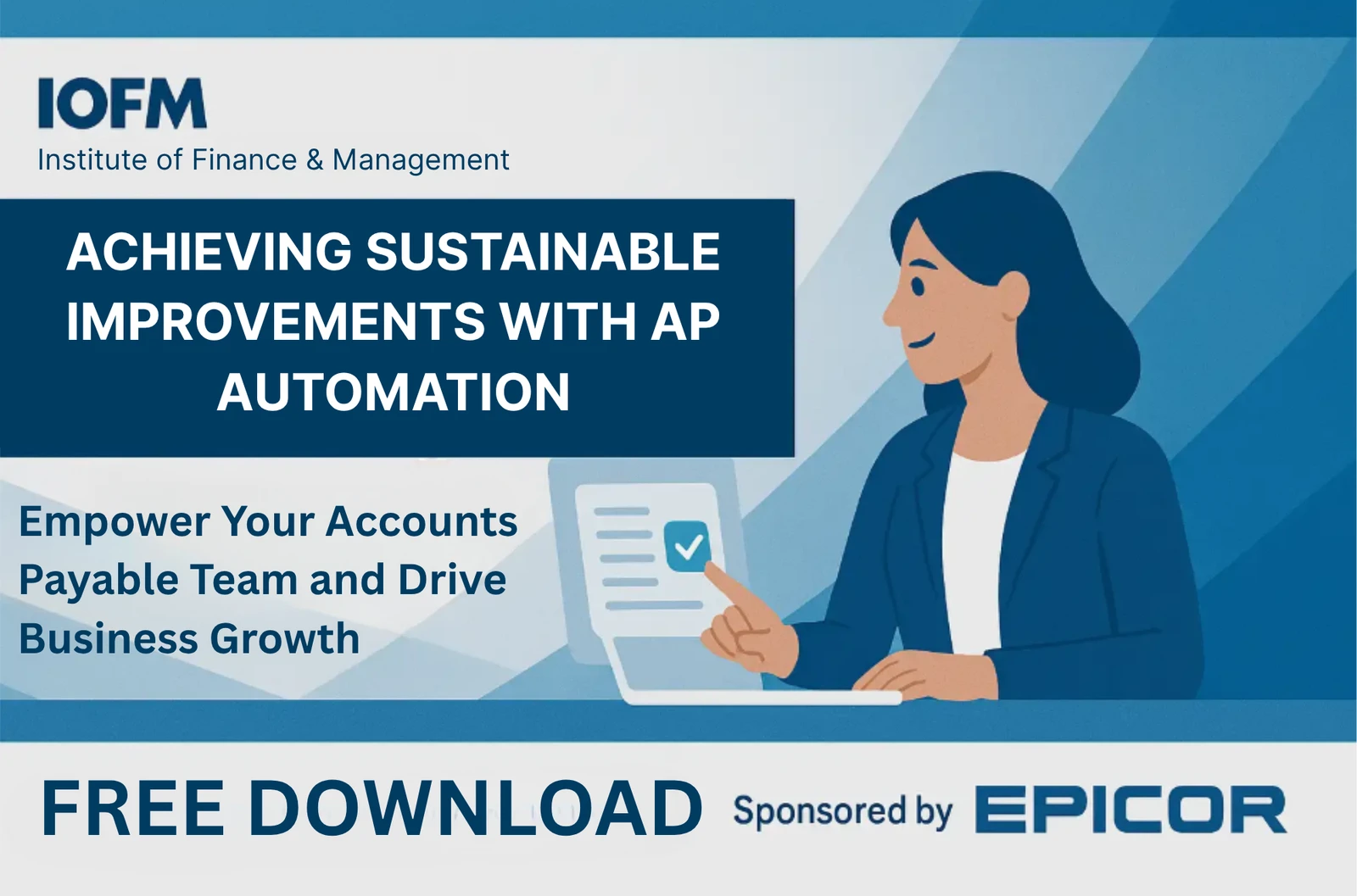When looking for opportunities to improve business functions and save money, many organizations look to their existing accounting processes. Accounts Payable processes specifically are typically antiquated, slow, and costly, and there are plenty of opportunities for improvement. A good place to start your accounting department’s digital transformation is within the Procure to Pay (P2P) process.
In PayStream Advisors’ 2018 Procurement Insight Report, they identified some of the biggest pain points within the P2P process. Some of the top pain points reported were that their process differs across departments, the technology they use is inadequate, there’s too much paper in the process, and that they are using several disjointed systems.
In digging deeper, they identified that almost half of all organizations don’t have centralized procurement, which alone can cause a completely inefficient process cross-departmentally. By not having a simplified, standardized procurement process, you risk late-payments and hiccups within your process. In fact, 25% of organizations don’t even have a formal process for managing and monitoring budgets, which if left unaddressed, can be detrimental to an organization.
What does a typical P2P process look like?
- Create requisitions
- Approve requisitions
- Create a purchase order
- Approve purchase order
- Accept or reject the receipt
- Evaluate supplier
- Approve invoice
- Pay vendor
Typically each of these steps are done manually. You have someone create the requisitions, someone else to approve them, someone who creates the PO, someone who approves it, and each step is passing paper back and forth between employees and departments until you reach the final step. The biggest issue is that there is a large margin for error within each of these steps. Maintaining consistent communication throughout the process can be difficult, and may lead to problems.
How can you automate each of these steps? It may be assumed that you would need to implement a separate solution for each part of the process, but a holistic, smartly integrated automation suite can solve your workflow woes all in one place.
Invoice Matching
Easily match vendor invoice, purchase order, and product receipt information. A state-of-the-art ECM (such as DocStar) makes matching and routing invoices to their correct recipients is incredibly simple. Many top organizations get started by using an ECM then progress to a system that combines workflow enabled logic with Artificial Intelligence to make their process even smarter (and faster). Quickly identify discrepancies with little manual work by utilizing Smart Optical Character Recognition (OCR).
Create & approve requisitions and purchase orders
Create custom forms for requisitions and purchase orders. These can easily be completed by employees and immediately sent to managers for approval.
ERP Integration
Utilizing an intuitive system that integrates with your ERP is crucial. The key to a successful fully automated P2P process is working with an ECM and solution provider that has pre-built integrations, and the experience to do it successfully. The best ECM providers can work to create integration in areas where you an API or prebuilt integration does not exist by leveraging Robotic Process Automation (RPA) to scrape the UI, extract the data, then push it to your line of business application. With integration, key tasks can be automated with close to no manual efforts and it’s much simpler to monitor procurements and budgets.
How Mosaic can help
Automating your entire P2P process can seem overwhelming, but we’ve had plenty of experience in helping customers simplify complex processes. We can create a fully customized automation plan for your Procure to Payment process. We’ll help you save time, money, and resources while moving towards complete automation.
Schedule a demo with us! Call 770-452-7373.


